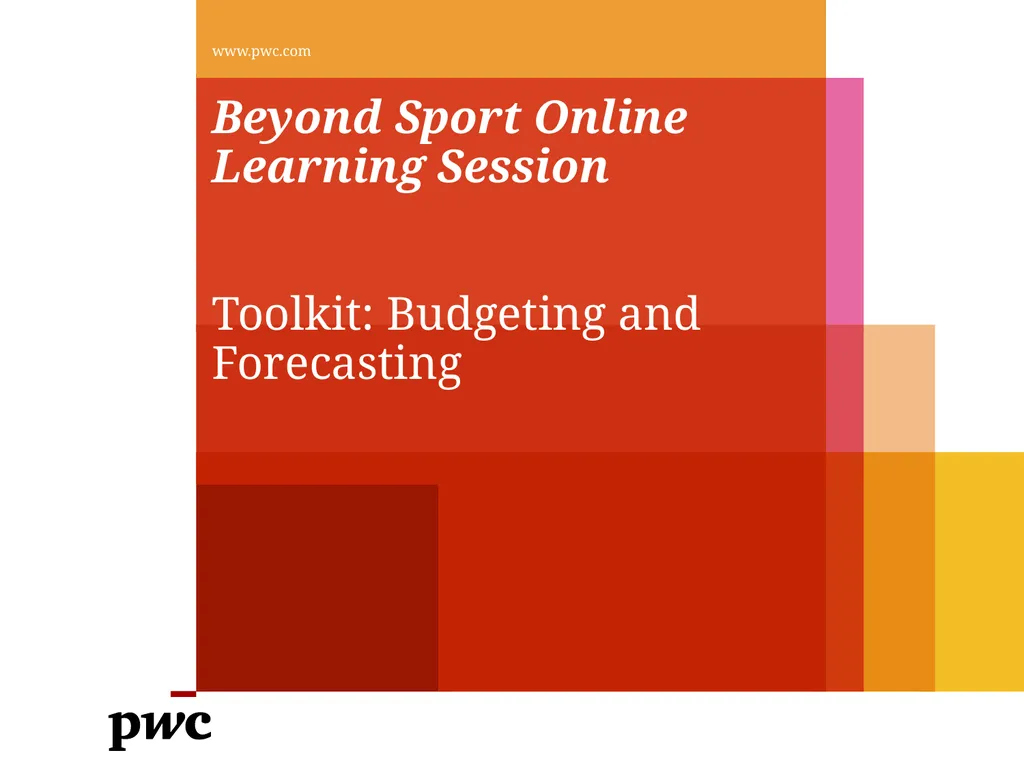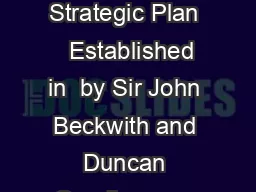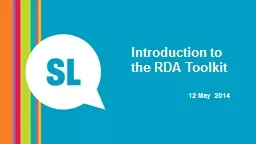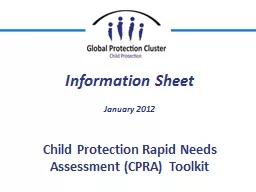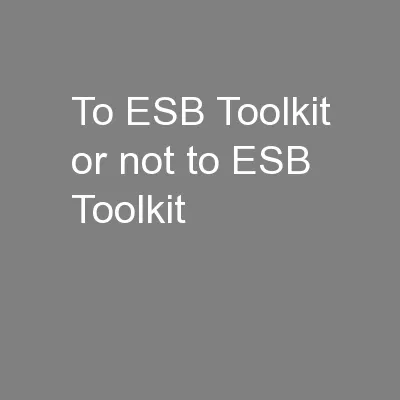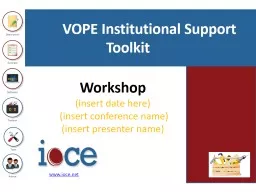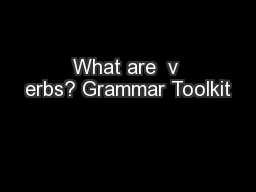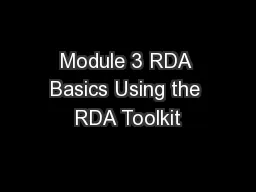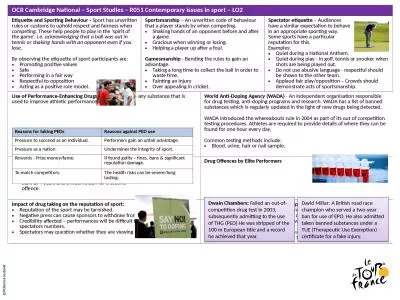Beyond Sport Online Learning Session Toolkit:
Author : jane-oiler | Published Date : 2025-06-23
Description: Beyond Sport Online Learning Session Toolkit Budgeting and Forecasting wwwpwccom What is financial management Financial management can be defined as managing the finances of an organisation in order to achieve financial and strategic
Presentation Embed Code
Download Presentation
Download
Presentation The PPT/PDF document
"Beyond Sport Online Learning Session Toolkit:" is the property of its rightful owner.
Permission is granted to download and print the materials on this website for personal, non-commercial use only,
and to display it on your personal computer provided you do not modify the materials and that you retain all
copyright notices contained in the materials. By downloading content from our website, you accept the terms of
this agreement.
Transcript:Beyond Sport Online Learning Session Toolkit::
Beyond Sport Online Learning Session Toolkit: Budgeting and Forecasting www.pwc.com What is financial management? Financial management can be defined as managing the finances of an organisation in order to achieve financial and strategic objectives. Done effectively, this should include a view of the past and a plan for the future... Financial statements and reports are backward looking, summarising income and expenditure over a certain period of time. Financial planning and budgeting is forward looking, forecasting what is going to happen and what resources will be required in the future. 2 Why is financial management important? 3 Make optimum use of their money to achieve maximum returns. Understand if they have the resources to meet their objectives. Identify short term financial issues and address them as early as possible. Express their intentions, and explain what resources are required to achieve them. Inform all levels of the organisation about what needs to be achieved, and the resources available for doing so. Financial management helps organisations to... Financial statements Income and expenditure statement An income and expenditure account should only contain information regarding cash flow: money in and money out. It provides a summary of income and expenditure over a specified time (usually one year). It includes only revenue items. The balance at the end shows the net operating result in the form of surplus (i.e. excess of income over expenditure) or deficit (i.e. excess of expenditure over income), which is transferred to the capital fund shown in the balance sheet. 5 In Out Cash inflows... payments into an organisation from members or other sources Cash outflows... payments made by an organisation Example: income and expenditure statement 6 It should refer to a specified period (usually 12 months). Different ‘types’ of income should be listed in the left hand column. There are no rules around what these categories can be - you may find it easier to have lots of different categories or you might wish to to group similar items under one heading. Expenses are then listed – categorised appropriately. Income minus expenses gives a net surplus (if income has been greater than expenses) or deficit (if expenses were greater than income). The net figure is stated before tax and after tax. NB: tax exemptions may differ in accordance with location of operation - contact local charity commission and / or HMRC for further details. Balance sheet An organisation’s balance sheet is
